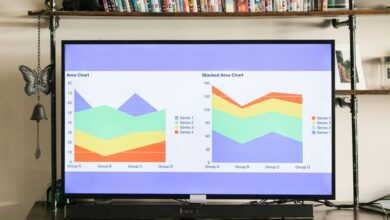Understanding 844 980 1996 in Network Performance

The numeric code 844 980 1996 serves as a critical reference in network performance analysis. It encapsulates essential metrics that allow engineers to assess data transmission reliability and identify efficiency challenges. By dissecting this code, one can uncover insights into network optimization strategies. Understanding its implications could reveal significant opportunities for enhancing overall system performance. However, the precise nature of these metrics warrants further exploration to fully grasp their impact on network efficiency.
The Significance of Numeric Codes in Network Performance
In the realm of network performance, numeric codes serve as critical indicators that facilitate the assessment and optimization of data transmission efficiency.
Their numeric significance enables engineers to identify bottlenecks, assess latency, and enhance throughput. By leveraging these codes, organizations can implement targeted strategies for network optimization, ultimately fostering an environment that supports greater autonomy and flexibility in data handling and communication.
Decoding 844 980 1996: What It Represents
The numeric sequence 844 980 1996 holds specific relevance within network performance metrics, particularly in the context of data transmission and analysis.
This code encapsulates various parameters essential for evaluating efficiency and reliability. Understanding its numeric code meanings allows network engineers to interpret data trends, optimize performance, and address anomalies, ultimately enhancing the freedom of data flow across complex network infrastructures.
Practical Applications of Understanding Network Codes
Numerous practical applications arise from a comprehensive understanding of network codes, particularly in optimizing system performance and troubleshooting issues.
Practical implementations include enhancing data throughput, minimizing latency, and improving error correction strategies.
By leveraging network codes, engineers can conduct effective network troubleshooting, identifying bottlenecks and failures swiftly.
This analytical approach enables systems to maintain high performance, fostering greater freedom in data communication and resource allocation.
Conclusion
In conclusion, the numeric code 844 980 1996 serves as a vital tool for network engineers, encapsulating essential performance metrics that enhance data transmission reliability. By comprehending these parameters, organizations can strategically optimize their network resources. As the complexity of network infrastructures increases, one must consider: how can the effective interpretation of such codes transform the future of network management? Ultimately, the proactive analysis of these metrics is key to achieving superior operational efficiency.




